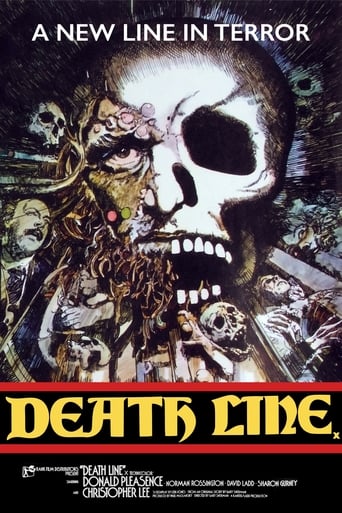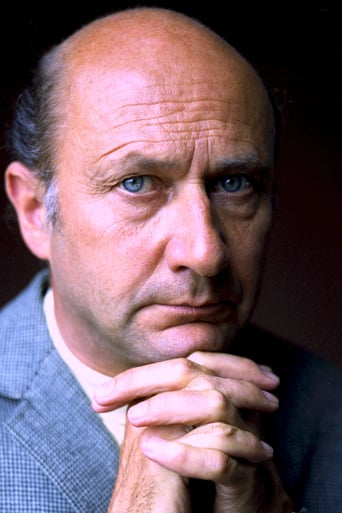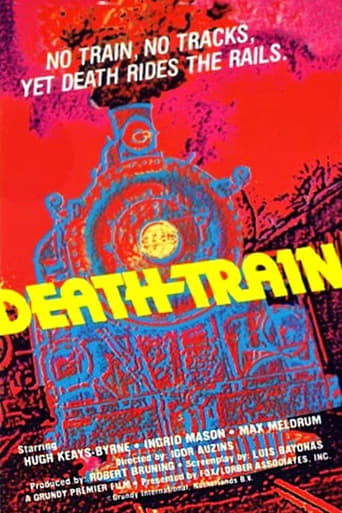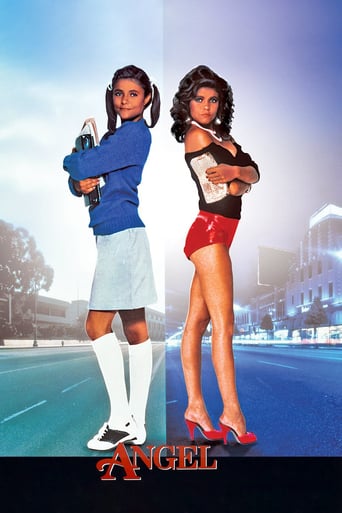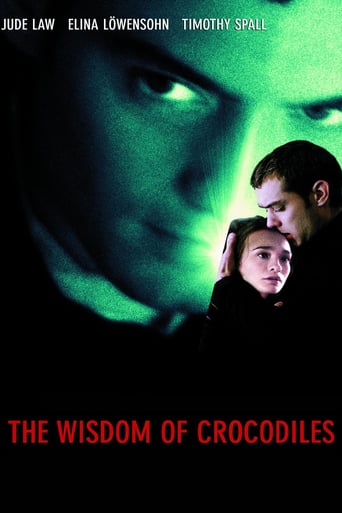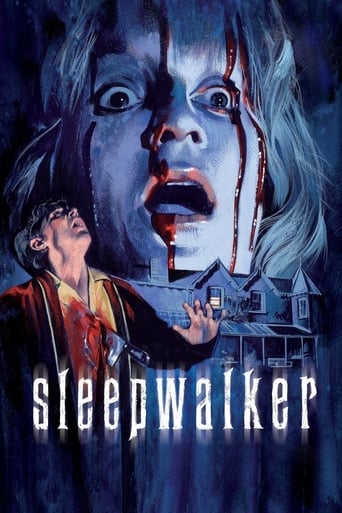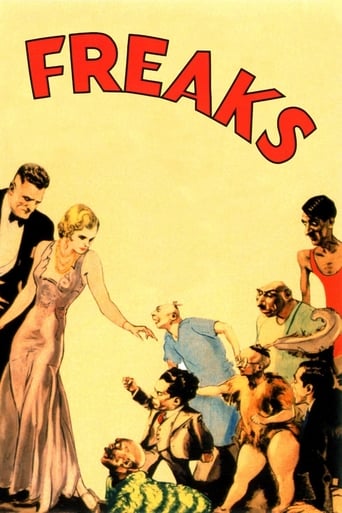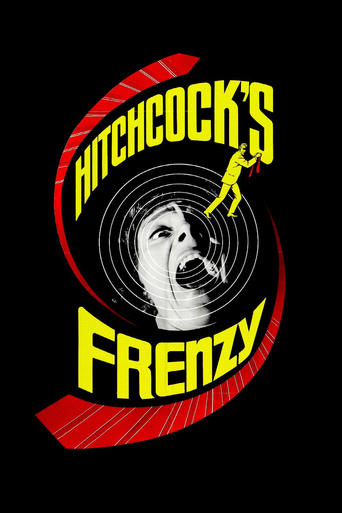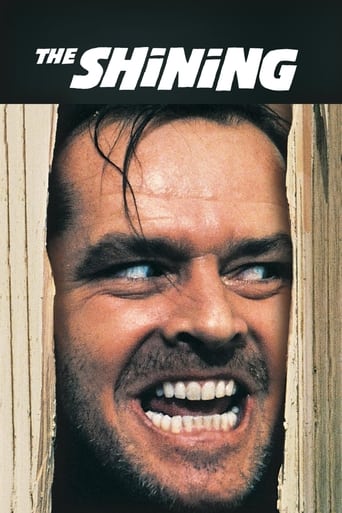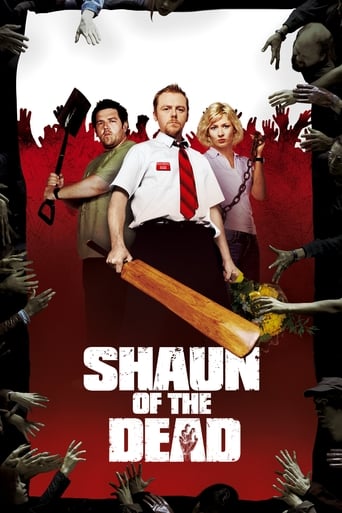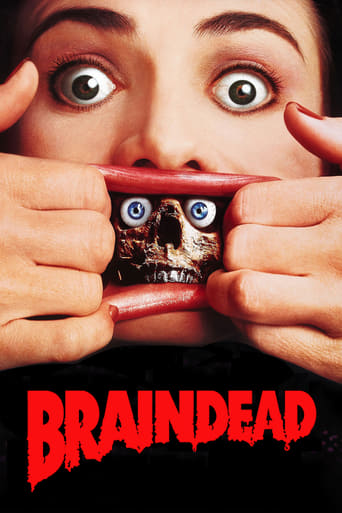Death Line (1973)
There's something pretty grisly going on under London in the Tube tunnels between Holborn and Russell Square. When a top civil servant becomes the latest to disappear down there Scotland Yard start to take the matter seriously. Helping them are a young couple who get nearer to the horrors underground than they would wish.
Watch Trailer
Cast


Similar titles
Reviews
That was an excellent one.
Overrated and overhyped
It's hard to see any effort in the film. There's no comedy to speak of, no real drama and, worst of all.
This is a coming of age storyline that you've seen in one form or another for decades. It takes a truly unique voice to make yet another one worth watching.
"Raw Meat" (aka "Death Line" in the U.K.) is, well, quite well done. This slab of grisly early '70s goodness comes hot off the grill from director Gary Sherman, who would go on to direct "Poltergeist III" and the little-seen "Dead & Buried." The film stars the inimitable Donald Pleasence as an inspector sent into the dark and dank recesses of London's subway system in search of a missing person. As he unknowingly hunts the flesh-craving transient below, he must battle with tea bags, a competitive and dismissive M-15 agent (played by Christopher Lee) and some serious alcoholism. Unlike its grim subject matter, Sherman's film is brimming with character. From the flashy, slightly seductive opening sequence, to the scrappy special effects and unmistakable sense of humor, there's quite a bit of meat on this bone. Even during the film's slower spots, Sherman (who also conjured up the original story) throws enough at the audience to keep us on the hook. The film is unusually witty and quirky, which helps some of the its rawer ingredients go down a little more smoothly. Also, there's a surprisingly organic relationship between the film's two younger supporting characters (David Ladd and Sharon Gurney), which stands in stark contrast to a creepy turn by Hugh Armstrong as the Cannibalistic Humanoid Underground Dweller. Balancing this all out, of course, is Pleasence, who brings his A-game to one of his most colorful characters. Within a minute of his introduction, you're chuckling and reaching for the remote to make sure you heard him correctly. The man is a true pleasure to watch and makes the whole trip worth the price of admission. Likewise, his shared screen time with fellow horror legend Christopher Lee is fleeting yet smile-inducing.It might seem quaint now, but at the time of the film's release (45 years ago, to be exact), flesh eating fiends weren't very common. A year later, Tobe Hooper's seminal "Texas Chain Saw Massacre" would change all of that, but without a map, Sherman's film finds its way through the dark with considerable confidence. It's not all scares and there isn't much shock value to be found by today's standards, but the entertainment value is high. "Raw Meat" is definitely something worth chewing over. Not to put too fine of a point on it, but it's a bloody good time.
Don't get me wrong. I love British horror movies, I'm a huge fan of Donald Pleasance and Christopher Lee (although the latter has nothing but a glorified cameo), but I don't feel this one lived up to its brilliant premise.It starts off very promising, with a great title sequence, the first attack happens quickly and the mood is set within the first ten minutes. Then sadly the movie just sort of lingers, with several overlong sequences leading up to a finale that is merely okay. It could easily have been edited down with at least 10 minutes, and although I still found the end product mildly entertaining I can't help but think about the amazing potential it had. Pleasance as a police inspector facing cannibals living in the London underground? That alone sounds like the coolest British film ever made. Well sadly it's not.A key factor when you want to create an effective horror film is to keep the threat constant, to have it sort of luring in the background in every scene. Well for me the monster(s) didn't seem threatening enough, as a matter of fact it came off more sympathetic than monstrous. So when the villain in a horror movie doesn't frighten you, what are we left with to scare us? The empty underground tunnels? Christopher Lee as an arrogant MI-5 operative? Not likely. It has some good effective gore though, I'll give it that.There is some fun acting from Pleasance and the supporting cast (like Clive Swift of later "Keeping Up Appearances"-fame), but too many of the characters also seem a bit wasted as most of them have little if any effect on the main plot itself. After all the American student is the guy who actually makes an impact on the plot, the police itself is too busy drinking tea and harassing bartenders.But I'm guessing the filmmakers were aware of what was missing when they released the film with false advertising and a poster that LIES.*MILD SPOILERS BELOW, NOT RELATED TO THE ENDING* The original vintage poster showed a whole group of cannibals, giving off the impression that we're in for some "living dead"-type horror action, where the threat is VERY real and dangerous. Instead we're treated to ONE single cannibal grieving his mate. Where the Heck is the scary HORROR? More than anything else I felt sorry for the poor cannibal, the last of his kind.The film wins on atmosphere and that wonderful British quirkiness, but that's about it.
The more I watch horror movies, the more I look for old, hidden gems to watch. While I don't think this is a finely polished ruby, it certainly has some moments, and the atmosphere I felt was really good. Despite some odd pacing, I would recommend it to horror fans for certain.One thing I loved was Inspector Calhoun- Donald plays him with such a biting, cynical tone that you find yourself looking forward to the next time he'll berate someone. The supporting inspector characters are suitably amused by him, and it was nice to see Clive Swift, long before playing poor Richard on "Keeping up Appearances".The underground dwellers were also fascinating characters, with 'The Man' being an interesting mix of vicious cannibal and sympathetic victim.The characters that really seem lost and uninteresting are the young hero and his gal. Alex just comes across as annoying, while she is too wishy-washy to be genuinely interesting.But finally, a few things that stood out. One was the quality of the makeup and gore effects- for 1972, these are tremendously effective and fun to watch. The second thing I really enjoyed is the atmosphere, especially in the underground setting- creepy! And last, we get treated to a fantastic, single reveal shot in the early goings, which circles the entire room filled with corpses and pieces. That single shot, which wheels about the whole room continuously and slowly, establishes more creepiness than in entire films made these days.Again, I recommend this to anyone who loves old horror movies. Enjoy!
The British horror scene looked pretty moribund when Gary Sherman's Death Line pulled into UK cinemas in 1972. Placed alongside the new wave of US horrors, the hip and socially relevant likes of Rosemary's Baby, Night Of The Living Dead, or Last House On The Left, Hammer's Dracula and Frankenstein's monster seemed about as bloodcurdling as Hinge and Brackett.Unlike their US counterparts, Brit-horrors also endured disastrous relations with everybody from distributors downward. As with Robin Hardy's The Wicker Man, Sherman's debut feature was left to rot by its own distributor Rank, after almost uniformly negative reviews. It's been argued that had it been produced in the States, subject to the same hell-for-leather marketing campaign enjoyed by Tobe Hooper's The Texas Chain Saw Massacre, it would doubtless now occupy some benighted place in the horror pantheon. Well, possibly.Chicago-born Sherman had in fact found it difficult to get backing for the project in the States, and hauled production over to London. Drawing inspiration from the legend of the inter-breeding Sawney Bean clan, the 18th-century Scottish brigands who robbed and ate passing travellers, Death Line sees Inspector Calhoun (Pleasence) and Sergeant Rogers (Rossington) investigating disappearances in Russell Square tube station. Prominent among these is one James Manfred OBE, whose unconscious body - which later disappears - is discovered lying on the station's steps by a student couple, American Alex, an economics student, and his British girlfriend Patricia.Courtesy of an extraordinary seven-minute tracking shot, we shortly discover Manfred's fate: deep within the bowels of the station, a bearded 'thing' riddled with open sores and trailing ropes of drool, is feasting on passengers - a food supply for him and his heavily pregnant 'wife'. This wordless, unbroken shot of his lair, filled with half-glimpsed skulls, crawling maggots, scuttling rats and meat-hooked cadavers is mostly the reason the critics got their knickers in such a twist; it's a truly nightmarish vision, intensely claustrophobic - but offset by the Man and his lover's pitiful circumstance.Though slow to act in the face of previous vanishings (including a Jewish dentist, and a Polish grocer from Kilburn), Calhoun is rather more receptive to the issue of missing English diplomats. He soon uncovers a possible explanation behind the phenomenon. It transpires that in 1892, 12 Victorian underground workers (eight men and four women) were left for dead after the section of tunnel they were working on collapsed. As London Transport CID man Bacon tells the bemused inspector, "The company went bankrupt. There was a bit of a stir at the time because no effort was made to rescue the trapped workers."Interbreeding for several generations, the survivors staved off their hunger through a unique protein diet. Following the pathetic death of his wife, the Man - whose dialogue consists of whines, grunts, and his learned cry of "Mind the doors!" has become the last remnant of this betrayed and forgotten humanity.Stratton-Villiers from MI5, played by a bowler-hatted Christopher Lee wants a cover-up. The reason Manfred had been travelling by tube was because he'd been caught short after visiting the vice-pits of Soho; while no government wants to admit culpability for deliberately abandoning its workers, however long ago. Cocky Alex, therefore, becomes a potential scapegoat for Calhoun, even after Pat is abducted by the murderous Man, looking for another dietary supplement - or a new mate to breed with.As with a select handful of Brit horrors from the era - From Beyond The Grave; The Abominable Dr Phibes; Psychomania; The Wicker Man; and the wonderful Theatre Of Blood, Death Line these days enjoys something of a modest but rabid cult following, especially in America. Its influence on John Landis' An American Werewolf In London and (especially) London Underground shocker Creep is clear.Shot exclusively on location in the UK, including Aldwych Tube Station, it's one of the few UK horrors of the period focusing squarely on the national heritage and identity, and its sophisticated, political themes - the (literal) collapse of Empire, class segregation and exploitation, and high level corruption - were particularly relevant in the early 1970s, an era mired in financial and vice-based scandals.It's also one of the few horror films in which our sympathies lie with the 'Monster'; the Man can't help his animal instincts, but 'humanity' comes off the worst. Civilisation is seen throughout to be lacking in comparison - a mildewed nation of racist, sexist, hypocritical bureaucrats, bent coppers and jobsworths, and in Alex's case, totally lacking in compassion. On first discovering Manfred's prone body Alex advises Pat to simply step over it, as he does back home on the New York subway. His chilly demeanour will drive Pat to temporarily split up with him, a negative of the scenes played out 'down below', in which the Man displays a genuine, heartbreaking grief following his wife's death.The dialogue is a joy, and stems mostly from Pleasence's interplay with everyone within a 10-yard scowling distance; the kind of senior working-class copper who instinctively mistrusts anyone he thinks is putting on airs and graces, like educated Alex or his more refined underling Rossington. Courtesy of his antics, we're propelled right back into the unreconstructed 1970s of 'The Sweeney' and 'Love Thy Neighbour' - with cultural conventions Sherman both acknowledges and deliciously sends up.And Pleasence is by far the most enjoyable thing in this; a snuffling misanthrope, constantly bawling for "more tea!" from his underemployed secretary, and contemptuously flicking tea bags into the bin. If he's not advising Alex to "hurry back to school - there might be a protest march for you to join", he's shirking his duty and getting drunk down the pub with Rossington. "Are you aware that our gracious Majesty is overseas in the far-flung Empire flogging her pretty little guts out so you can live in a democracy?" he drunkenly berates a publican trying to turf him out at closing time. It's totally hilarious.

